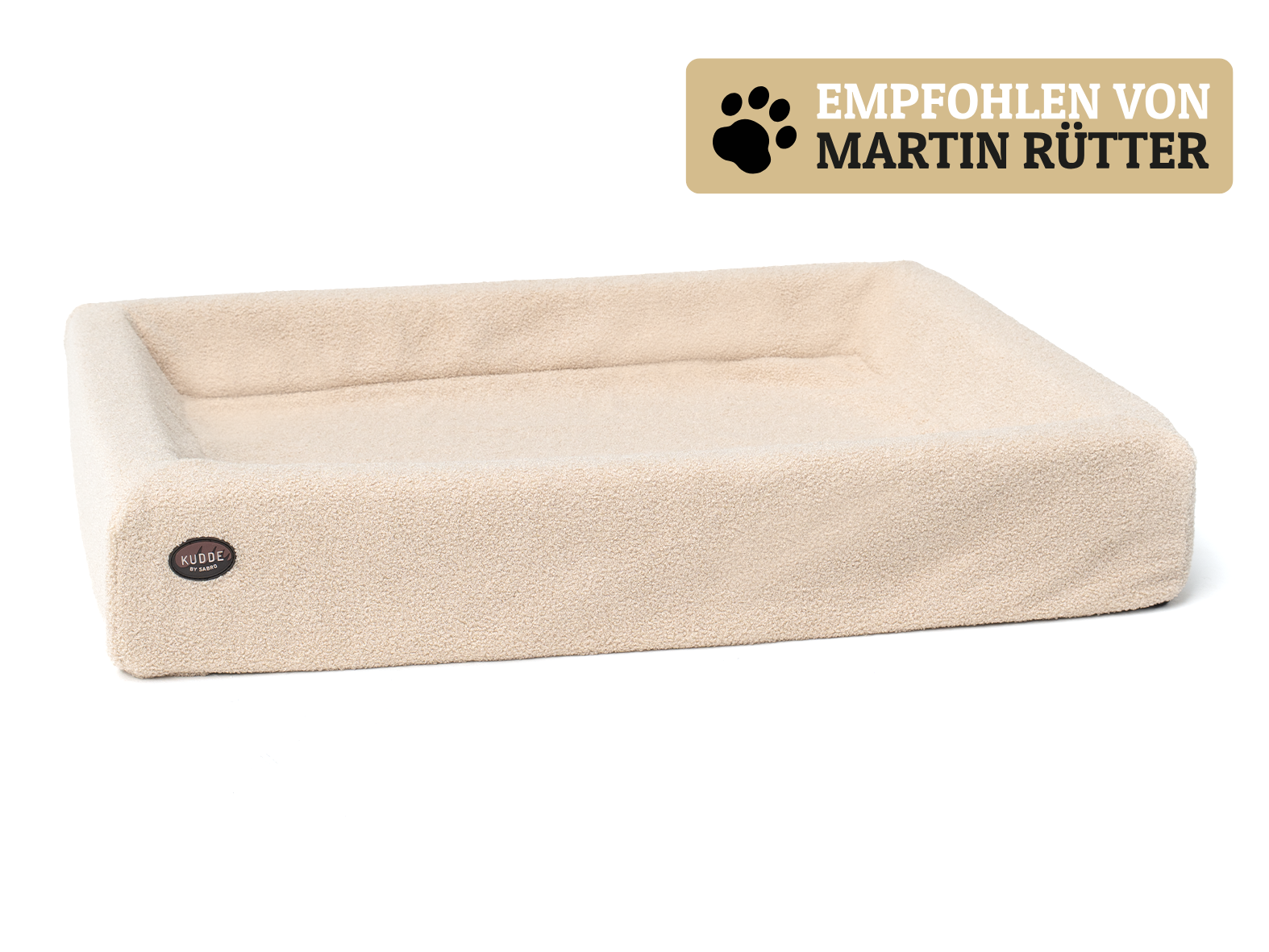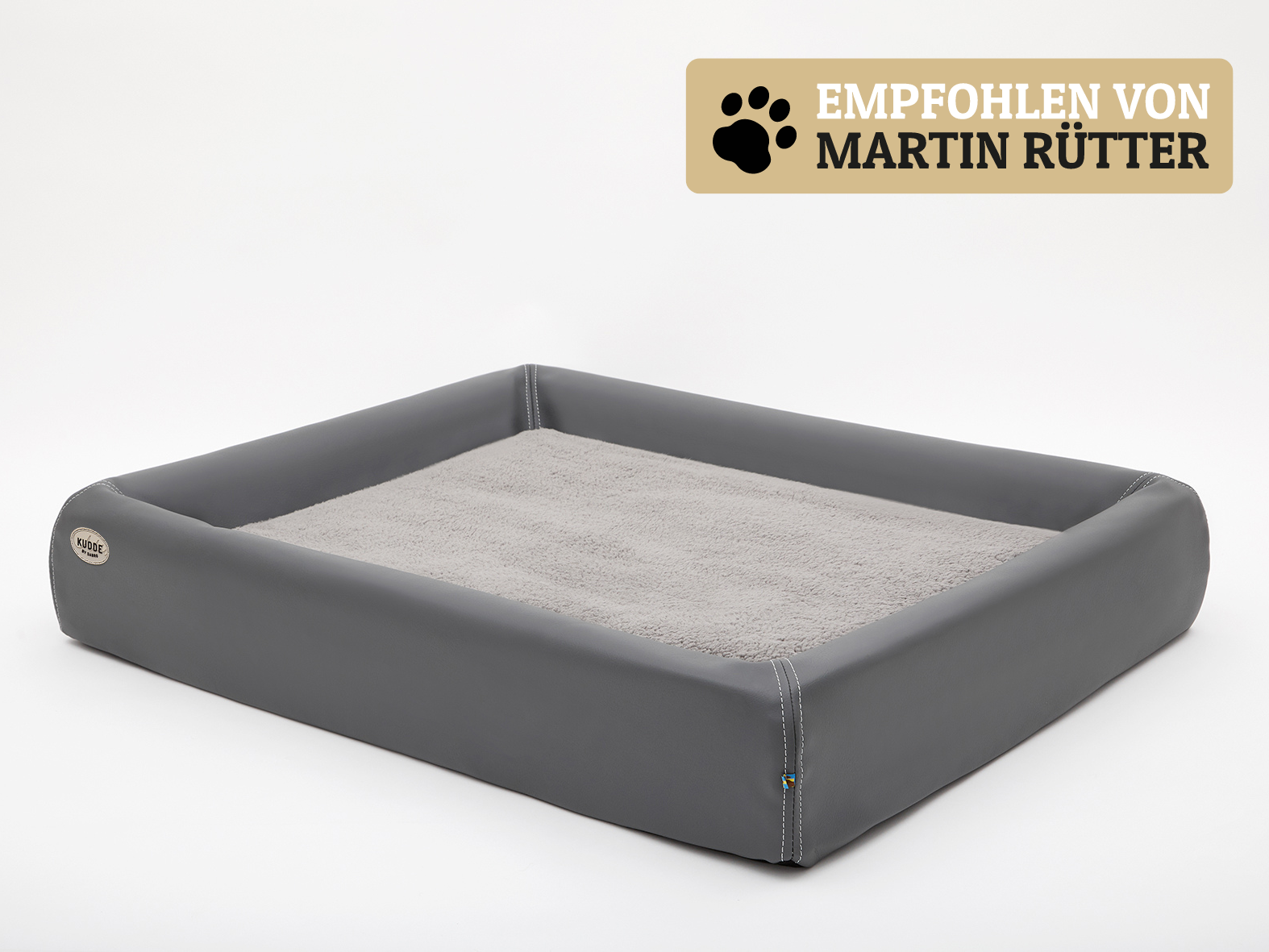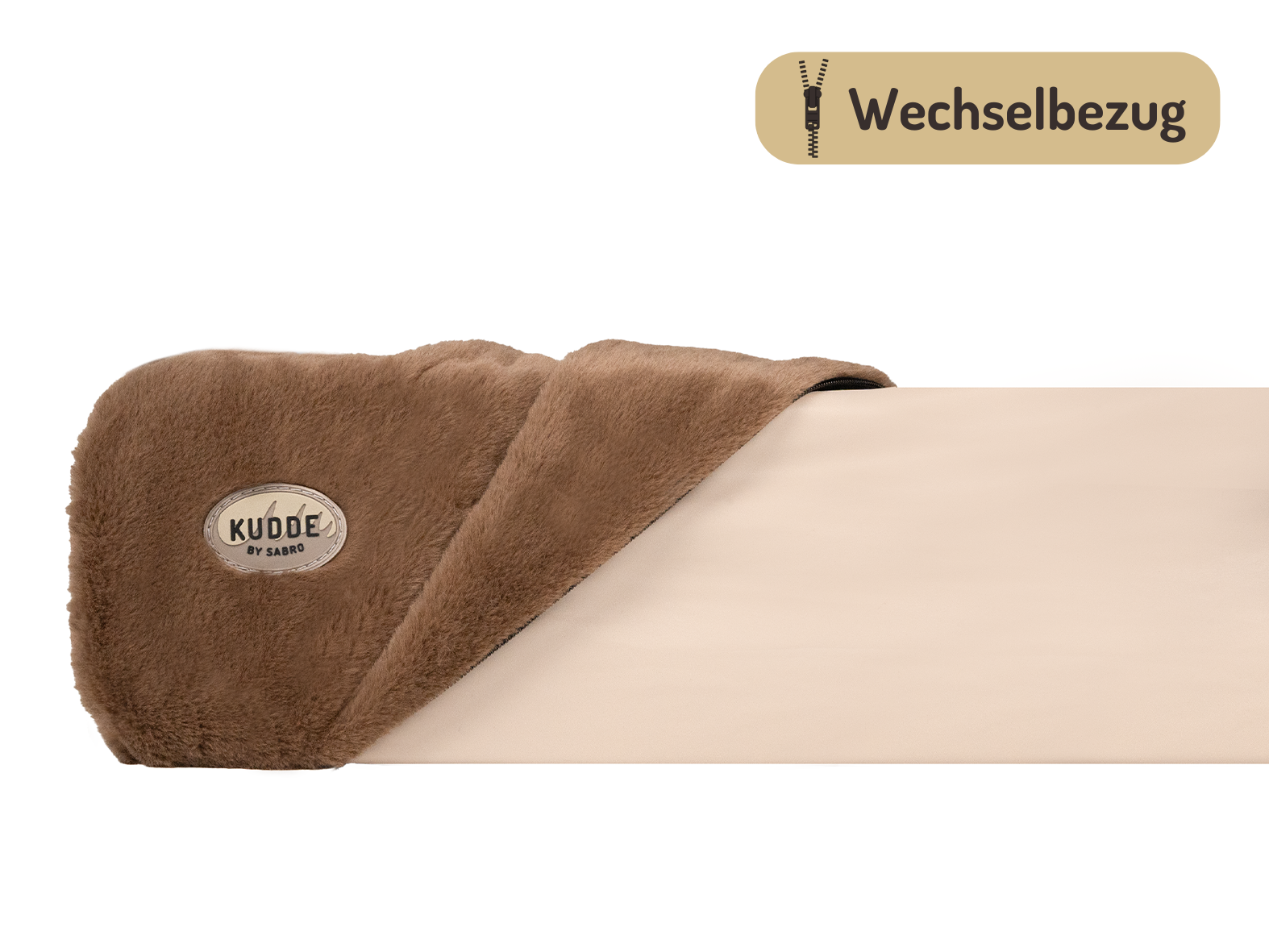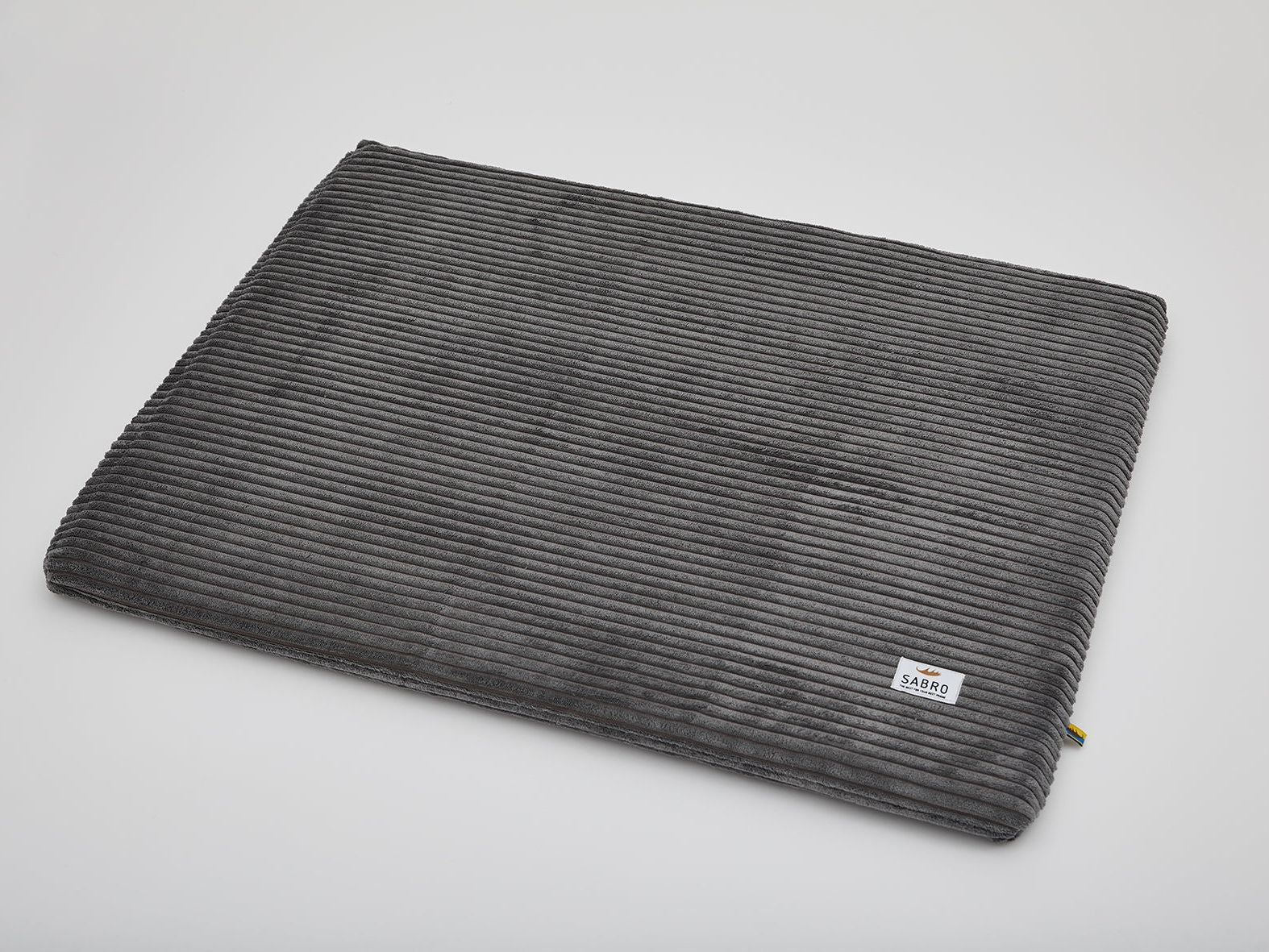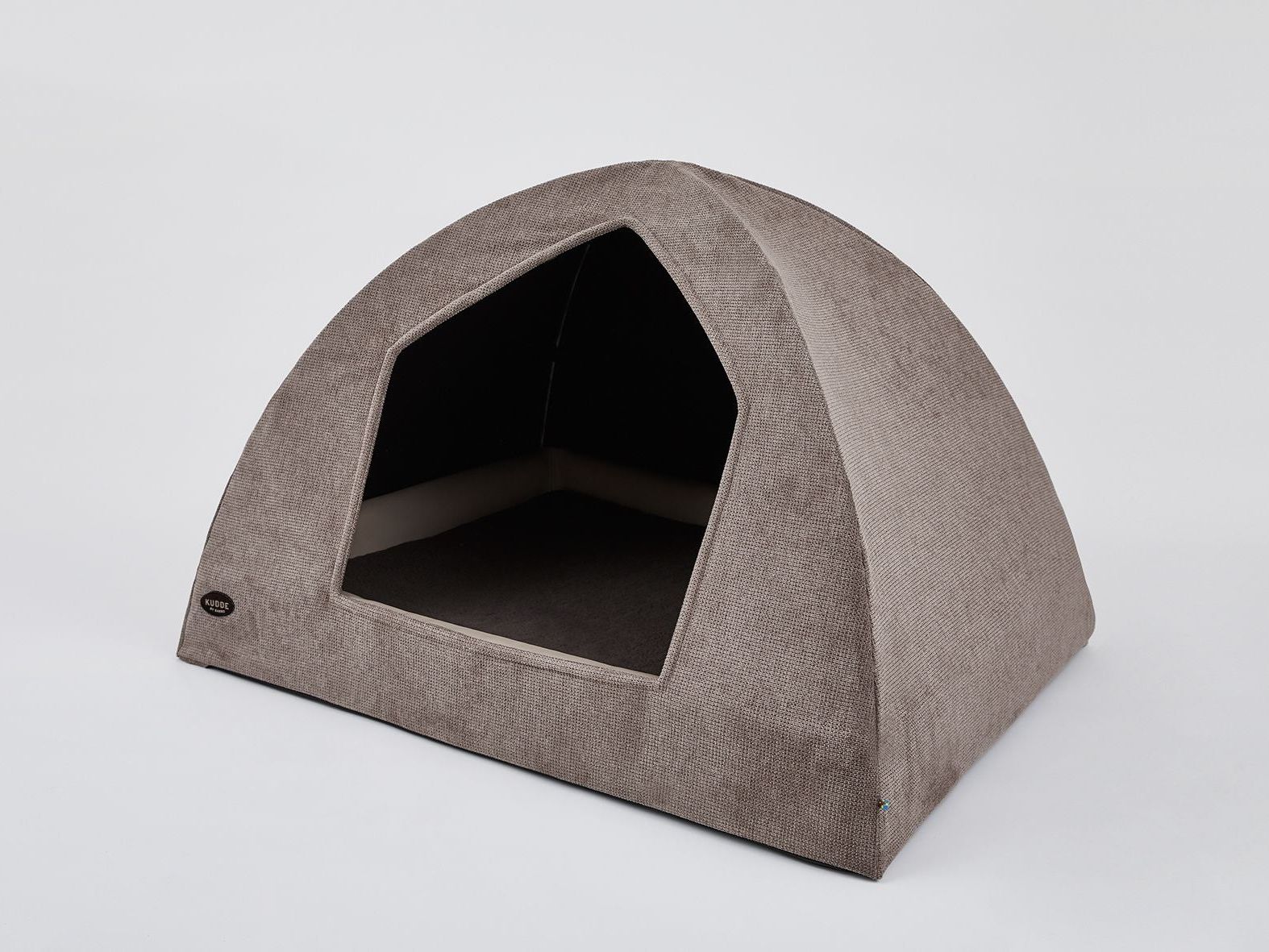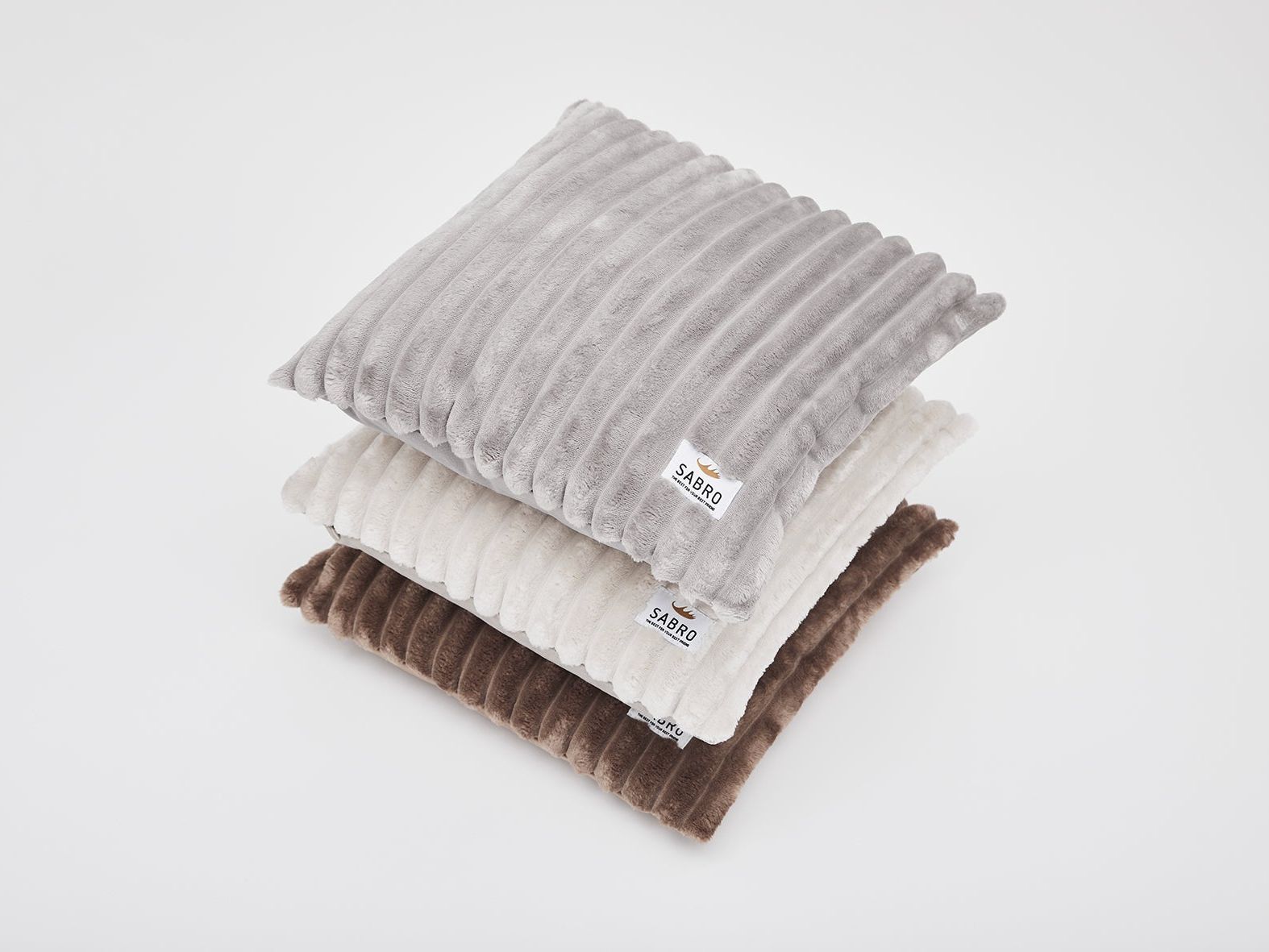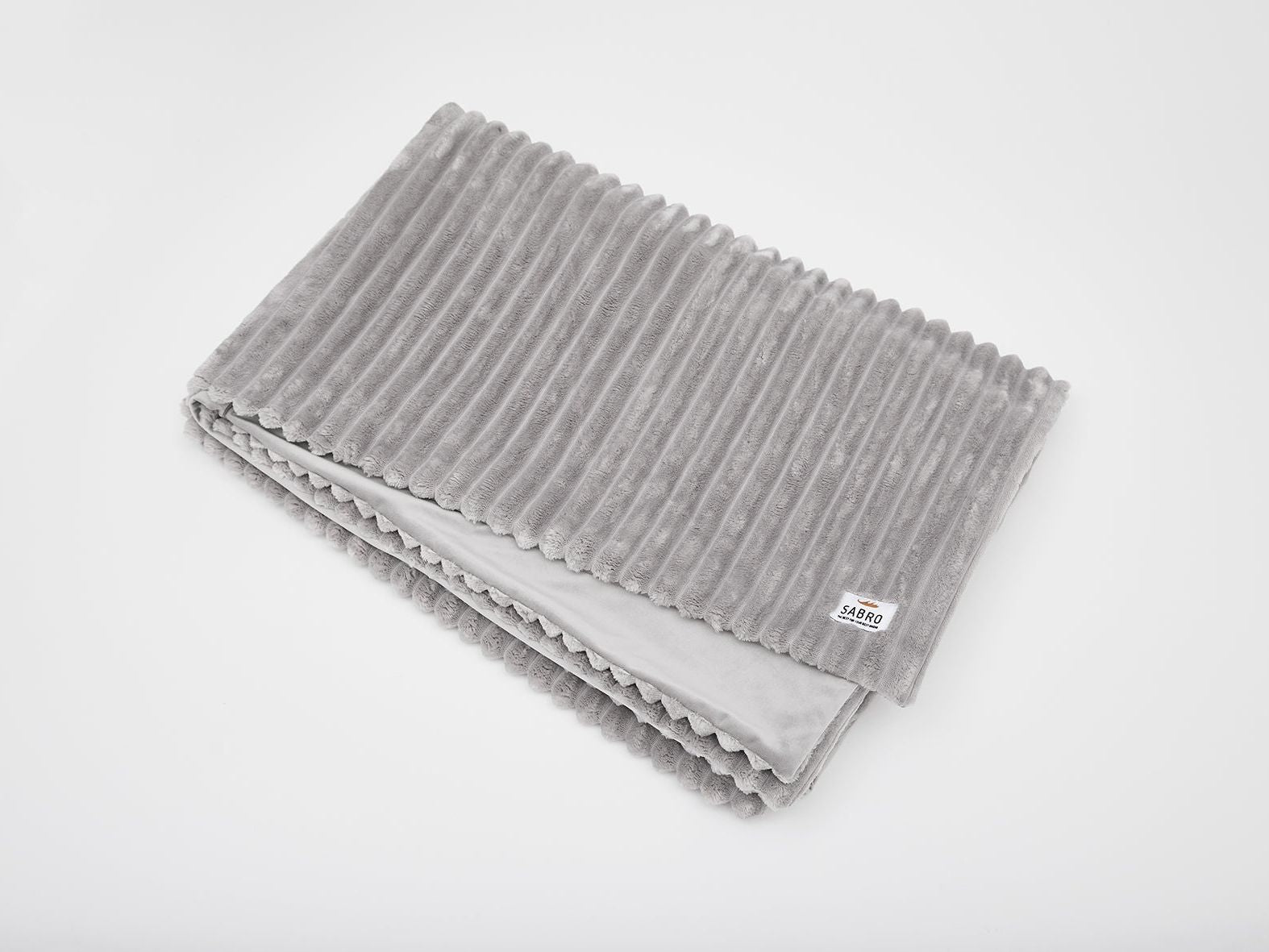When on vacation, it can always happen that foreign objects such as sharp-edged shells lie in the shore area or under water in bathing lakes or in the sea and the dog suddenly stands in front of you with bleeding and cuts on its paws. If your dog's paw is injured, good advice is expensive! We reveal our tried and tested tips on the subject of paw protection and the best initial treatment for cuts on the paws - so that your vacation with your dog can continue despite an injured paw.
Home remedy first aid: What helps when a dog's paw is injured
Once an injury is visible on the paw, it is important to act quickly. You can usually treat such wounds yourself. It is best to first examine your four-legged friend's paw to assess the extent of the injury. If your dog has actually stepped on a foreign body that is still stuck, you can carefully remove it with tweezers. The most important thing now is to clean the paw injury: Clean the paw with some clear water as well as antiseptic and/or disinfectant solutions to reduce the germs on the wound and therefore the likelihood of inflammation.
To be on the safe side, you should have a vet examine the paw injury on site. They will usually give you the right professional advice: "Make sure that no water or dirt gets into the wound!" This is easier said than done if you want to spend two or three weeks on a beautiful beach with your dog - a normal paw bandage or bandage would get wet and dirty too quickly.
For this reason, we always have suitable paw protection shoes for our dog in the first-aid kit: for minor injuries without a bandage, a paw protector like our TOFFLER is the ideal protection so that NO dirt gets into the wound. The TOFFLER can be conveniently opened wide thanks to the zipper so that even young, wild dogs don't have to stand still for long. The motto: close the zipper, put the Velcro strap over it and the shoe stays on perfectly. Your darling can continue to walk without pain as before, as the sole is supple and adapts to the movements of the dog's paw without constricting it. So your dog can continue to accompany you on vacation and doesn't have to wait sadly for you in the hotel room or caravan.
But be careful: You should not let your injured dog run and romp around with the paw protector - an injured dog should be kept on a lead until the injury has healed properly.
Is such a paw protector actually permeable to air so that the dog's injured paw can heal quickly?
For a wound to heal well and quickly, it should not be sealed airtight. That's why our TOFFLER paw protector and the SKO bandage boot are not completely airtight, so that your dog's paw can breathe.
Nevertheless, a paw protector should only be used as a temporary measure: Let your dog wear a paw protector or protective bandage shoes only for the duration of a walk so that sufficient air can reach the injured paw again afterwards.
Also important: make sure that your dog does not lick its paws without paw protection, as this can potentially lead to infections getting into the wound.
A dog slipper like our fleece TOFFLER can help here: The particularly soft and airy shoe for indoor areas effectively prevents paw licks. Your dog won't be able to lick the wound he got on vacation.
What to do if the injury to the dog's paw is worse than initially thought?
In this case, a visit to the vet is essential for your pet's health. If the dog's paws are in pain due to deep cuts, the vet will probably have to stitch or staple them. A thick paw bandage with padding between the toes is then applied to protect the wound. The vet will place absorbent cotton between all the toes or claws to protect against eczema on the dog's sweaty paws.
This means for you after the visit to the vet: If you have to change the bandage, don't forget to put absorbent cotton back on the paw injury between the toes. This can help the wound to heal in the long term in the event of a paw injury caused by sharp foreign objects.
SABRO tip: If possible, buy viscose absorbent cotton from a drugstore as, unlike absorbent cotton, it remains soft and supple between the toes/claws even when wet. This way you are well equipped if your dog injures its paw.
The problem with a paw bandage from the vet is usually that the paw quickly doubles in size and therefore no longer fits into a classic paw protector. But we can help here too: For these cases, there is our SKO bandage protection shoe, which has all the advantages of the TOFFLER paw protector, but is cut much higher and differs in shape on the front and hind leg. So even dog paws with paw bandages fit in!
Our conclusion: it's best to always pack paw protection for your dog in your first-aid kit
We don't travel without TOFFLER paw protection and neither should you! If your dog injures its paw on vacation, e.g. due to a foreign object such as a shell on the beach, you can simply apply a paw protector after the first aid treatment to protect the wound from dirt and moisture during the walk. This greatly reduces the risk of inflammation or infection. If possible, your first-aid kit should also include a fleece TOFFLER as a supplement for the time in the apartment, hotel room or caravan and as a preventative measure against paw stains.
However, if the home remedies do not help and pain and severe bleeding still occur, or if you are unable to remove a foreign body yourself, a vet must be consulted - they will professionally stitch and staple your pet's paw before applying a bandage including absorbent cotton between the claws.
But even then, paw protection in the form of a bandage boot is still a good thing to relieve and protect your dog's paws. This is because such a paw protector gives your dog a good feeling when wearing it and gives you a great deal more security at your vacation destination - especially if you and your four-legged friend are traveling to areas where you can't easily find a well-stocked dog store.
A positive side effect: If you have a paw protector in your suitcase, nothing usually happens on vacation. We call this the preventative effect!
Do you have experience with wounds and injuries at your vacation destination? What helped your dog? Tell us in the comments.


